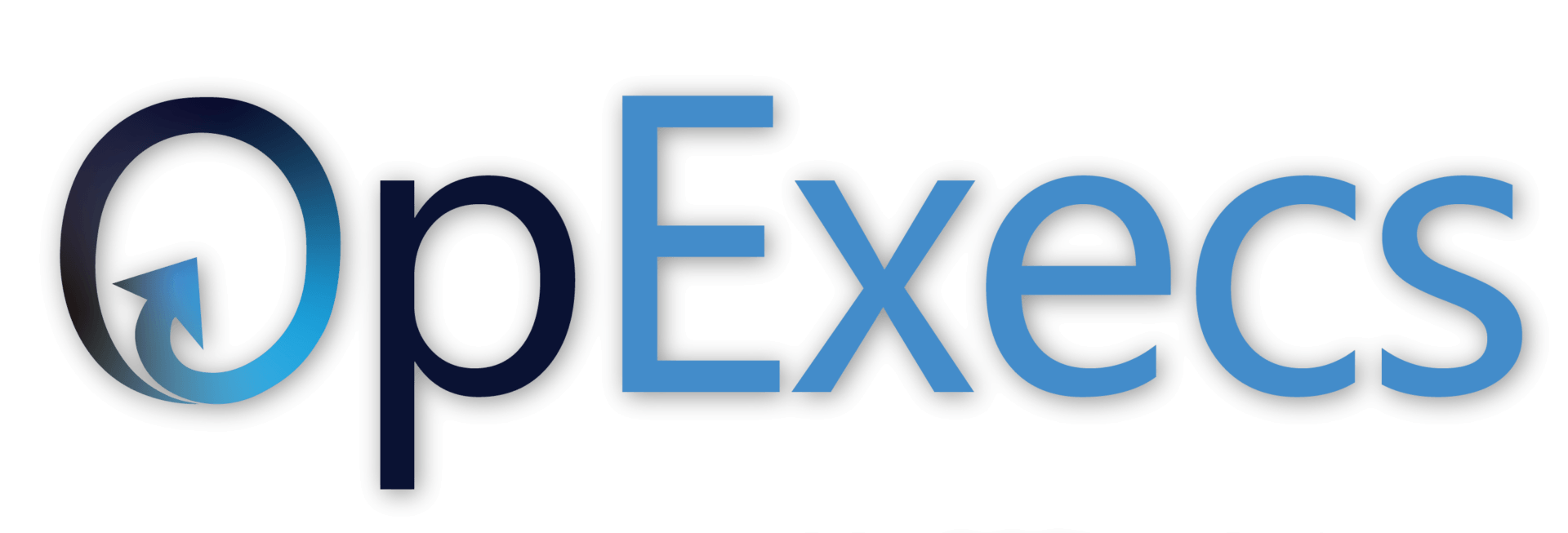PROCESS OPTIMIZATION
Objective Analysis of Internal Best-Practices
Suppose a process is a spin-off from another site or a translation of a similar process, it’s reasonable to expect your team to attain similar results and then target more aggressive improvements. This is where benchmarking is key.
Establishing a standard of excellence starts with identifying internal capabilities and developing a target for others to achieve.
Through a continuous improvement culture, all should strive to leap-frog the performance of the ‘best in class’ as they drive to higher levels of efficiency and value add.
Knowing the process capability of other similar processes enables your team to state a goal in terms of performance and time frame to achieve it.
Typical metrics include:
- Yield - % good
- DPMO – Defects per Million Opportunities
- Cp/Cpk and Sigma value – Commonly used quality indices which validate whether your process can meet the customers’ requirements
Once you have collected data from all operations, you can compile a best-practice analysis. This should highlight any areas of concern within your existing system, risks, compliance issues and other problems that should be upgraded to affect business continuity.
How We Helped
Maintenance team eliminates missed shipments by reducing downtime and sustains using Outlook
Opportunity: A small industrial manufacturer was missing shipments to their customers and the alarm bell was rung by the leadership team. A kaizen event was conducted, and the root cause analysis determined machine downtime was a key contributor. Fortunately for the company, the new maintenance leader had experience with Total Productive Maintenance (TPM). The following actions had to be taken immediately to solve the missed shipment issue and caused the company to develop a more long-term TPM process:
Results: The Preventative Maintenance (PM) schedule was created; however the company could not afford a stand-alone PM system. The company had to get creative! The maintenance team utilized their existing Outlook software to execute the PM system. Using the “task” function, schedules were created for each machine and stored in Outlook with automated reminders popping up to require check-off when complete. Operators were trained to use a set standard following the activities identified during the 5S event to create an autonomous maintenance system. The new PM schedule and the operator and front-line leader autonomous maintenance system eliminated the machine downtime category on the missed shipment pareto.
Additional Items
- Does your current process suffer from an accuracy issue, precision issue or both’?
- If both accuracy and precision are issues, does your team know how to handle this situation before investing in technology?
- Has your customer provided a target that you must meet in order to keep their business?
- Has a competitor provided an incentive to target a particular level?
- Is your process required to meet a certain target by a local regulation or by law in order to comply?
- If you perform this process in multiple locations / instances, have you documented current performance at each? In addition, have you documented the full range of inputs to and output requirements for the process?
- Is there a recognized ‘best in class’ leader?
- How do others compare and or learn from this leader?
- How do you ‘lend’ members of the best in class team to others?
- Do you hold others accountable to improve to this level?
